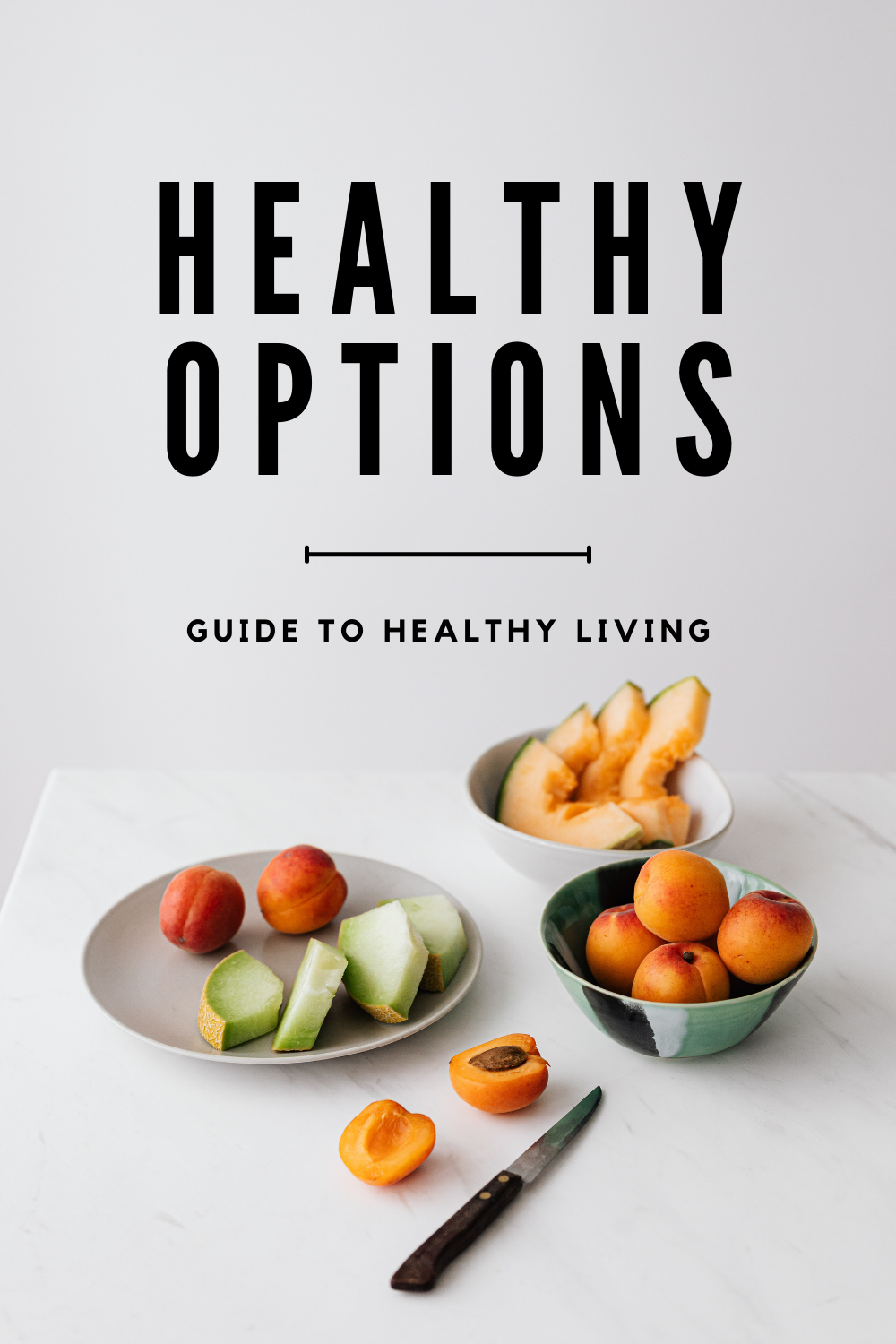Introduction
In a world dominated by convenience foods and hectic schedules, maintaining a healthy diet often feels like an uphill battle. However, making the right food choices is crucial for our overall well-being. In this article, we will explore various healthy food options that can help you achieve and maintain a balanced diet. These choices not only nourish your body but also contribute to long-term health benefits.
Chapter 1: The Foundation of a Healthy Diet
1.1 Fruits and Vegetables
One of the cornerstones of a healthy diet is incorporating a variety of fruits and vegetables. These natural sources of essential vitamins, minerals, and dietary fiber not only improve digestion but also boost our immunity. Opt for colorful produce like leafy greens, berries, and citrus fruits to maximize your nutritional intake.

1.2 Whole Grains
Whole grains, such as brown rice, quinoa, and whole wheat bread, are rich in fiber and provide a steady source of energy. They can help manage weight, regulate blood sugar levels, and reduce the risk of heart disease. Replace refined grains with whole grains in your diet for a healthier option.
1.3 Lean Proteins
Lean protein sources like chicken, turkey, tofu, and fish are essential for muscle growth, tissue repair, and maintaining a feeling of fullness. These proteins are low in saturated fat, making them a better choice for heart health compared to red meats.
Chapter 2: Healthy Breakfast Choices
2.1 Oatmeal
Oatmeal is an excellent choice for a nutritious breakfast. It’s high in soluble fiber, which helps lower cholesterol and regulates blood sugar levels. Top it with fresh berries, nuts, and a drizzle of honey for added flavor.
2.2 Greek Yogurt
Greek yogurt is a protein-rich, probiotic-packed breakfast option. It supports gut health and promotes satiety. Add fruits, honey, or nuts for extra nutrients and taste.
2.3 Eggs
Eggs are a versatile source of protein and essential nutrients. They’re an excellent choice for breakfast and can be prepared in various ways – scrambled, boiled, or as omelets.
Chapter 3: Balanced Lunch and Dinner Choices
3.1 Salmon
Salmon is a rich source of omega-3 fatty acids, which are known to promote heart health and reduce inflammation. Baked or grilled salmon with a side of vegetables is a nutritious and delicious dinner option.
3.2 Quinoa Salad
Quinoa is a complete protein and a great base for salads. Combine it with fresh vegetables, herbs, and a vinaigrette for a satisfying, fiber-rich meal.
3.3 Lentil Soup
Lentils are packed with protein and fiber, making them a fantastic addition to your diet. A warm bowl of lentil soup with whole-grain bread is a wholesome lunch option.
Chapter 4: Healthy Snacking Alternatives
4.1 Nuts
Almonds, walnuts, and pistachios are great snacking choices. They are packed with healthy fats, protein, and fiber, helping you stay full and energized between meals.
4.2 Fresh Fruit Slices
Fruits like apples, bananas, and oranges are easy to carry and provide a natural sweetness without added sugars. They’re perfect for on-the-go snacking.
4.3 Hummus and Veggies
Hummus is a protein-rich dip that pairs well with carrot sticks, cucumber slices, and bell pepper strips. It’s a low-calorie snack that satisfies your craving for something savory.
Chapter 5: The Importance of Hydration
Staying hydrated is often overlooked but is a critical aspect of a healthy diet. Water is essential for digestion, nutrient absorption, and overall bodily functions. Make a habit of drinking at least eight glasses of water a day. Herbal teas and infused water can add variety to your hydration routine.
Chapter 6: Key Tips for a Balanced Diet
6.1 Portion Control
Overeating, even healthy foods, can lead to weight gain. Be mindful of portion sizes to avoid consuming excess calories.
6.2 Meal Planning
Plan your meals ahead of time to ensure you have a variety of healthy options available. This prevents impulsive, less healthy choices.
6.3 Avoid Processed Foods
Processed foods are often high in salt, sugar, and unhealthy fats. Minimize their consumption to maintain a balanced diet.
Conclusion
Maintaining a healthy diet is essential for your well-being. By incorporating a variety of fruits, vegetables, whole grains, lean proteins, and hydration into your daily routine, you can support your long-term health. Whether it’s a hearty breakfast, satisfying lunch, or nutritious snacks, making the right food choices ensures that you’re on the path to a healthier and happier you.
In conclusion, a balanced diet doesn’t have to be boring or restrictive. It’s about making smart food choices and enjoying a wide range of nutritious options. Incorporating these foods into your daily life can lead to improved health, more energy, and greater well-being.
Note: When you publish this article on a website, make sure to follow SEO best practices. This includes optimizing meta titles and descriptions, using relevant keywords, formatting for readability (headings, subheadings, lists), and providing high-quality, informative content.




